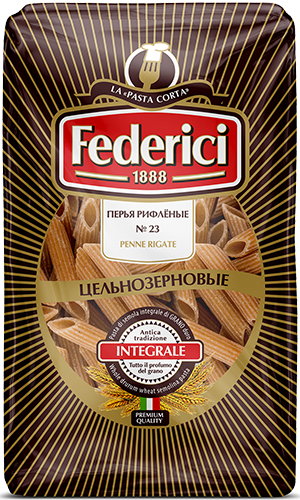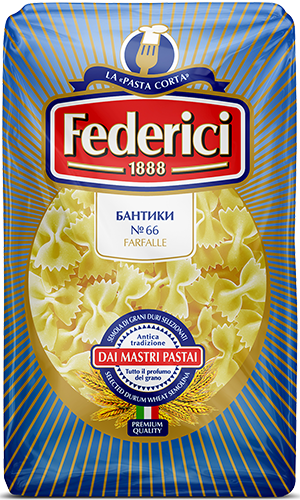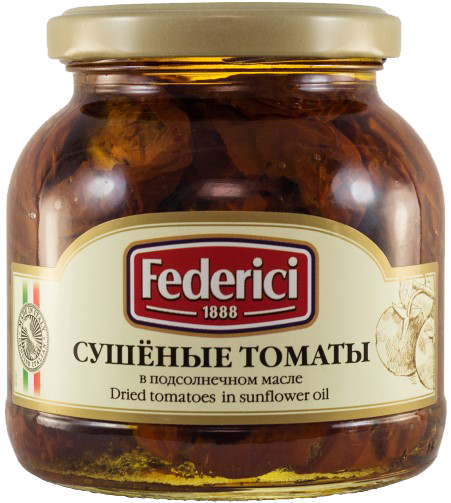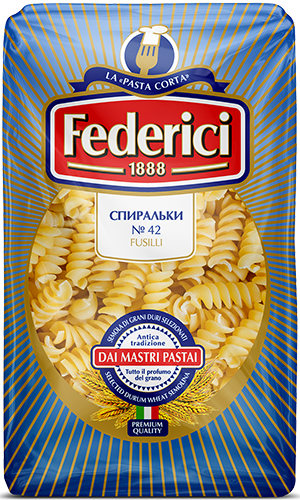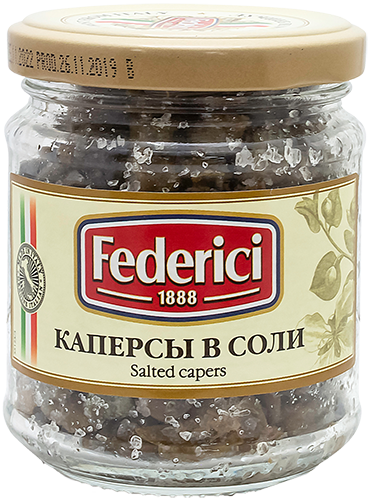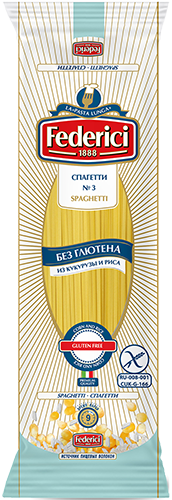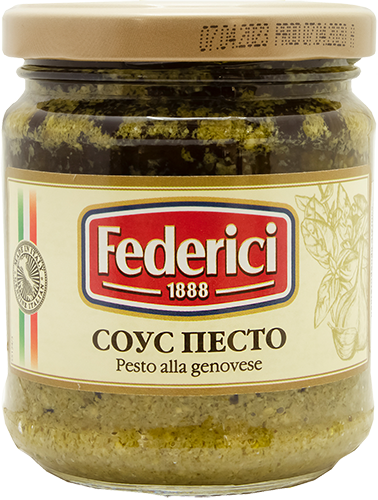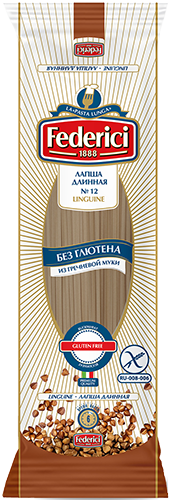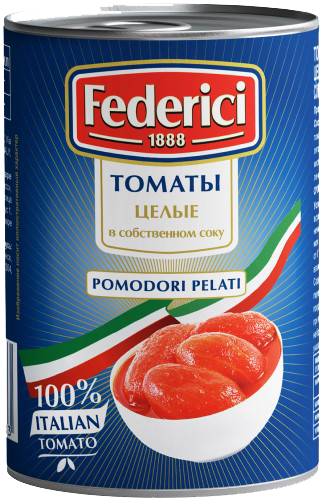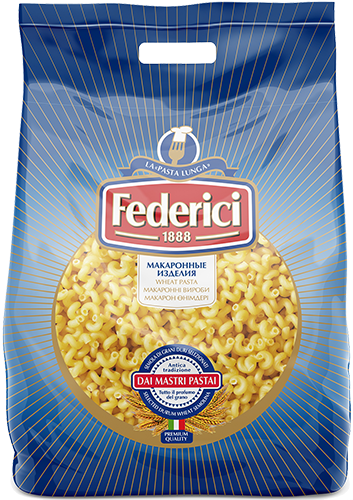


Italy holds the world record for the diversity and breadth of its agri-food heritage. There are 5,047 officially registered traditional dishes in Italy. These are prepared not only according to original recipes but also using food products obtained according to strict classical rules and standards that have been in force in the country for at least twenty-five years. The list of various categories of Italian food products includes:
- 1,521 different types of bread, pasta, and biscuits;
- 1,424 fresh or processed vegetables;
- 791 types of sausages and hams;
- 497 cheeses;
- 165 types of vegetable, fruit, meat, and fish salads;
- 147 types of alcoholic and non-alcoholic beverages;
- 167 animal products;
- 159 fish, shellfish, and crustacean products.
All these food products are ingredients for 253 prepared dishes that form the basis of traditional Italian cuisine.
7 Classic Italian Dishes
You don’t have to travel to sample and appreciate the staples of Italian cuisine. Many traditional Italian dishes have become popular worldwide and have been adapted to the national cuisines of many countries:
- Pasta – traditional spaghetti of varying lengths and shapes, served with tomato, cream, or oil sauce. Pasta is the main side dish for meat, fish, and seafood;
- Pizza – an open pie made from a flatbread base layered with various toppings and sauces. Traditional focaccia, made from unleavened or rich dough with herbs, vegetables, and greens, is considered the ancestor of pizza and has been around since ancient Rome;
- Bruschetta – a popular appetizer among Italians from the central region of the country. It consists of grilled bread rubbed with a clove of garlic and topped with cheese, ham, tomatoes, eggplant, and greens;
- Ravioli is a type of Italian stuffed spaghetti that can be shaped like squares, ovals, or crescents. A distinctive feature of the dough recipe is the mandatory use of eggs. The filling can be based on mozzarella, Parmesan, or ricotta cheese.
- Risotto is a hot dish made from specially fried rice, complemented by mushrooms, seafood, and chicken. Risotto, regardless of the recipe and ingredients, is distinguished by its unique creamy flavor.
- Lasagna is thin sheets of dough prepared with various fillings, formed into a multi-layered cake.
- Easter desserts are traditional Easter dishes baked in all regions of Italy. These include sweet colomba bread, delicious panettone and craffini pastries, brioche made from yeast dough, and more.
But the list of traditional Italian dishes is not limited to the well-known pizza or lasagna. Different regions of the country prepare unique dishes that are a must-try for connoisseurs of Italian cuisine.
Unique Regional Dishes
Italian cuisine is known to many gourmets for the traditional dishes that are renowned in specific regions. For example, if you’re planning a trip to the province of Rietti, you definitely need to try the rich and colorful Cetara anchovy sauce. It boasts a rich flavor, achieved through the use of local seasonings and a special pressing process of salted anchovies. Also:
- In Tuscany, “dead shanks” are very popular—a special mustard-yellow pastry known among residents of the Grosseto and Siena regions.
- In Lazio, Gradoli beans, known as purgatory beans, have been cultivated and grown in this region of Italy for many years. Gradoli beans, along with eggs, are the basis of the so-called “purgatory lunch.”
- In Emilia-Romagna, Saba jam, made from grape must and fruit, is prized.
- The Veneto region prides itself on its mountain polenta (similar to mamaliga). It is made from sponsio corn flour, which Piedmontese people love to spread on brus, a dairy product obtained from processing aged robiola cheese.
- Sicily and Sardinia are famous for the unique fruit “sa pompia,” a relative of the cedar and wild orange, which grows only in the island region. You can also try the popular dessert “squartucciato,” filled with prickly pears. It is prepared for the Feast of San Giuseppe in Poggioreale.
- Friulians from the province of Udine are proud of their porcaloca, a smoked boneless goose stuffed with pork fillet.
- The Molise region is famous for its macaronomi sagnatelle with mushrooms, a special type of dry pasta.
- In the Marche region, lonza di fig is typical of the peasant tradition of jesi. This dessert is made of dried figs mixed with walnuts and almonds.
- The municipality of Campotosto in Abruzzo is famous for its mortadella, or “coglioni di mule”;
- in the Lucanian municipality of Episcopia, they prepare rsskatiedde cca maddiche, a breadcrumb pasta.
The famous Luganega, a smoked sausage made from ground pork, beef, and Parmesan cheese, a symbol of provincial gastronomy, originates from the Trentino-Alto Adige region. Graucase, Italy’s leanest cheese, comes from the Aurina Valley in Alto Adige. Finally, Umbria has always been proud of its Trasimeno green beans, and Valle d’Aosta specializes in walnut oil.
Traditional and Exclusive Wines of Italy
Italy is one of the world’s leading wine-producing countries, boasting not only large production volumes but also a significant number of distinctive wines.
Tuscany
The region’s wines are second only to Bordeaux in prestige in France. The mountains protect the vineyards from cold winds, and the sea improves the microclimate with its warm currents. Visitors to Italy can enjoy traditional Tuscan dishes (such as ribollitta, ricotta and spinach gnocchi, or black cabbage and white bean soup) with red Cabernet Sauvignon, Sangiovese, and Merlot, or white Chardonnay and Trebbiano wines. It is here that classic examples of Chianti and Montepulciano are created.
Piedmont
Thanks to the special soil composition and unique grape varieties, local winemakers have plenty to delight wine connoisseurs. Nebiolo, Barbera, and Dolcetto are produced in this region. One of the region’s most revered varieties is Barolo – a full-bodied red wine with luxurious tannins, an ideal accompaniment to the local meat dishes. If you prefer softer wines with spicy undertones, consider Barbaresco. The local Gavi wine is an ideal pairing with fish dishes.
Veneto
Veneto ranks third in Italy in terms of wine production and regularly ranks among the top vintage wine producers. The region’s diverse climate produces wines with varied characters. When visiting local restaurants, you’ll be offered red grapes such as Corvina, Valpolicella, and Bardolino to accompany traditional signature dishes like fregato and pasta bigoli. Mole lovers should try the legendary white Soave or Glera.
Sicily
This island, bordered by three seas, is known for its indigenous grape varieties, exclusive wines, unique seafood cuisine, and sweet desserts, which are paired with white wines such as Ansonica, Cataratto, and Chardonnay. Among the red wines grown here, Cera, Merlot, Cabernet Sauvignon, and Nero Diabola are among the varieties grown. But Sicilian Marsala deserves special attention, as it pairs well with traditional dishes—sharp cheeses (Gorgonzola, Roquefort, Parmesan)—as well as desserts and chocolate.
All of these dishes and drinks represent a common good for all humanity, as well as a valuable cultural heritage that Italy can proudly offer to its many travelers, foreign tourists, and connoisseurs of its unique national cuisine.
Our products
Мы стремимся предложить Вам наилучший сервис при работе с нашим сайтом. Для этого мы собираем и храним информацию о Вашем посещении сайта. Так называемые cookies. Файлы cookies не собирают и не хранят никакую личную информацию о Вас. Используя этот сайт, Вы даете согласие на использование cookies. На данном этапе Вы можете отказаться от использования cookies, настроив необходимые параметры в своем браузере.
